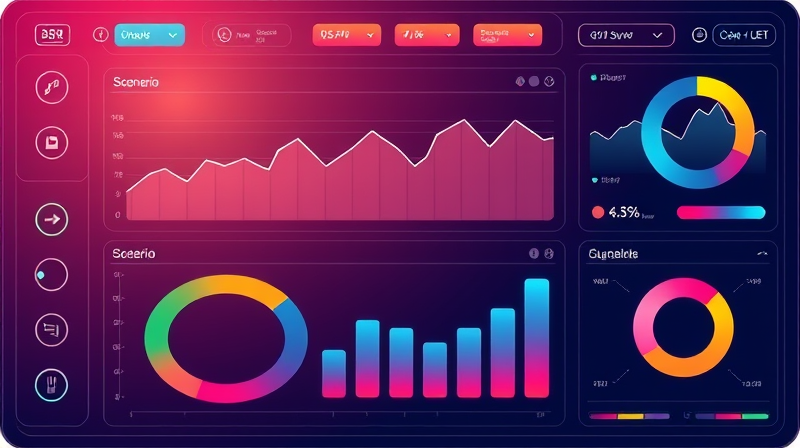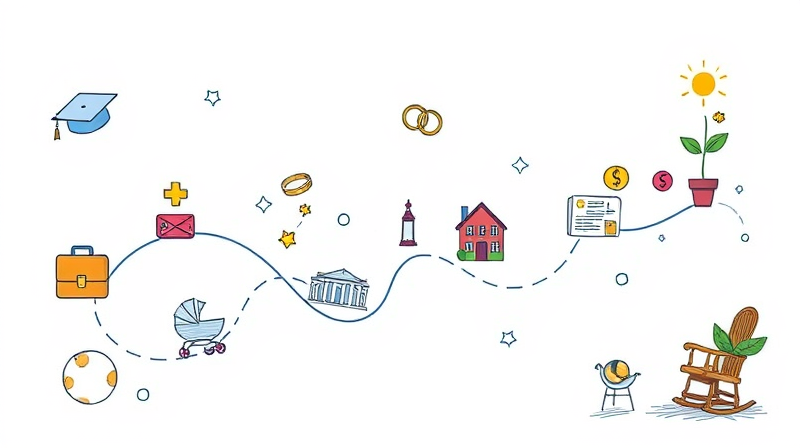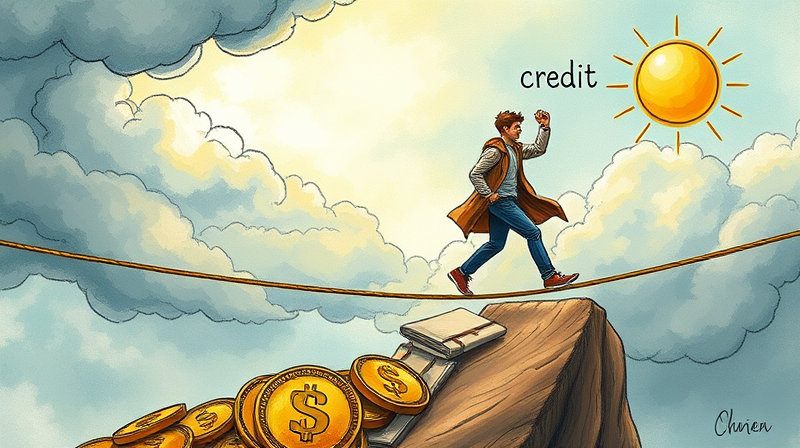
Experiencing a loan default can feel like standing at the edge of a financial cliff, overwhelmed by fear and uncertainty. Yet, financial recovery remains within reach when guided by knowledge, planning, and perseverance.
In today’s shifting economic landscape, default rates have become a growing concern. By December 2025, U.S. leveraged loans are projected to default at around 1.6%, potentially rising to 1.75% by early 2026. In pessimistic scenarios, these rates could surge past 3%. Corporate default risk stands at an unprecedented 9.2%, while private credit defaults reached 2.42% in Q1 2025. Student loans more than 90 days delinquent climbed to 7.74%, up from under 1% just months earlier.
Such figures underscore the importance of timely intervention and informed decision-making. Whether you hold a mortgage, a credit card balance, or a student loan, understanding the broader context helps you see you are not alone.
Acting quickly can limit long-term damage. Your first priority is to review your credit report promptly and identify the extent of the problem. AnnualCreditReport.com offers free yearly access to Equifax, Experian, and TransUnion records, giving you all the data you need.
Having a clear snapshot of your situation empowers you to make targeted decisions, rather than scrambling in the dark.
Once informed, reach out to your lenders. Most creditors would rather negotiate than pursue costly legal action or repossession. Approach them calmly and professionally to discuss:
By contacting your lenders without delay, you open channels for compromise. Document all conversations and keep written confirmations of agreements.
Rebuilding your finances requires a structured approach. Start by crafting a realistic monthly budget. Prioritize high-interest or defaulted debts, and consider the “debt avalanche” method—paying down the highest interest first. Alternatively, the “debt snowball” focuses on eliminating the smallest balances to build momentum.
If you qualify, debt consolidation may simplify payments by merging multiple obligations into a single loan. This can lower your monthly outlay and help you stay organized, but proceed cautiously and only after comparing interest rates and fees.
No one expects you to navigate this journey entirely on your own. Consider these options:
These programs can offer structured support, helping you build an emergency savings fund and avoid future pitfalls.
Restoring your credit score is a marathon, not a sprint. Adhere strictly to on-time payments for all accounts, even those just partially delinquent. Consider opening a secured credit card or a small credit-builder loan. These tools, used responsibly, send a signal of reliability to future lenders.
Key actions include:
Consistent, small victories over time will lead to significant score improvements.
Loan default often carries emotional burdens: anxiety, shame, and social stigma. Remember that financial hardship affects millions. Seek support from community groups, trusted friends, or mental health professionals if stress becomes overwhelming.
Joining peer support forums or local workshops can provide both practical tips and moral encouragement. Sharing your journey reminds you that setbacks are temporary and that recovery is a collective endeavor.
Although loan default can feel like a permanent mark on your record, it does not define your entire financial future. With patience, discipline, and informed action, you can climb back to stability. Set realistic milestones—such as raising your credit score by 50 points in six months or saving $500 for emergencies—and celebrate each accomplishment.
In the broader economic context, default rates may be rising, but so are the resources designed to help you recover. By monitoring your credit reports regularly, adhering to structured plans, and leveraging professional guidance, you will transform this challenge into a pivotal moment of growth.
Your journey toward renewed financial health starts now. Embrace each step, learn from every hurdle, and envision a future where you manage credit confidently and securely.
References













